System Overview
The WISH system is comprised of a user interface, a control server and the resulting automation modules. Research was performed into the most optimum hardware and software solutions, taking into account ease-of-use, cost and suitability for UK households.

Flow of control starts off with a mobile application, written in Java for the Android system. This interfaces with a control server, which interprets incoming commands from the mobile app through wifi.
These commands are processed by the server into recognisable X10 commands, which are then broadcast using the CM15Pro Controller. These commands can take the form of powerline signals or RF signals, which interface with client moduels controlling household lights and appliances.
What is X10?
The X10 protocol is the industry standard for home automation. Developed in 1976 by Pico Electronics Ltd., the X10 protocol is one of the first protocols to be created. As such, it is the most compatible protocol and is very popular.
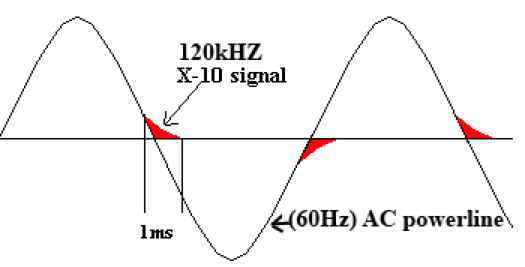
The X10 operates by sending high frequency packets of data over a household’s 240V AC power line. These packets of data can then be
manipulated and converted into electro-mechanical
work, allowing automated control of appliances by the
user. The packets of data consist of an address and a
command encoded within a 120kHz carrier.
These 120kHz bursts are then transmitted through the electrical wiring circuit at the zero crossing of the AC power line. One bit of data is transmitted with each crossing, with each signal being transmitted thrice in order to match the zero crossings in a threephase distribution system. Thus a receiver module connected to the same power line is able to detect these signals, and process them into workable data.
The Controller - CM15 PRO
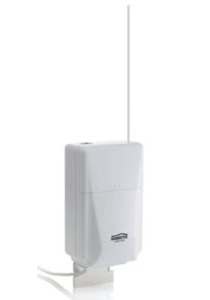
The CM15Pro Controller is a commercially available X10 controller that features an inbuilt RF signal transmitter and receiver. It facilitates communication with modules through Radio Frequency (RF) or Powerline Communication (PLC) protocols.
The software to perform these functions can be written in many different languages; the only requisites being that it must be compliable on the architecture of choice, have a TCP library available and preferably an SDK (Software Development Kit) for interfacing with the CM15. These requirements still include most of the major languages, i.e. C/C++, Java, and Python.
Mobile Application
Android applications are developed in Java, a high level, object oriented language. The main purpose of the application would be to take input from the user interface and send the corresponding commands to the server, via the TCP protocol over the user’s WiFi connection. The Android operating system provides integrated WiFi connection capability and Java provides two APIs (Application Programming Intefaces) for TCP communication, Socket, and ServerSocket - all contained within the java.net package. Since the mobile application would only act as the TCP client, we would be concerned only with the Socket class. Naturally, Android also provides an extensive API provided for Graphical User Interface (GUI) design and implementation. These are the three key operating components of the application, and they are certainly possible on the Android platform.
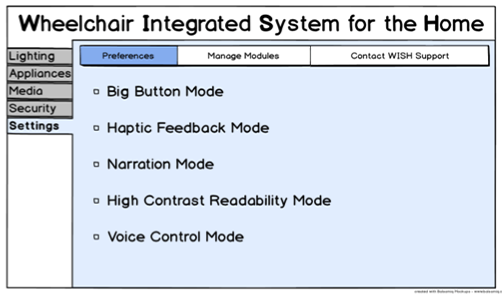
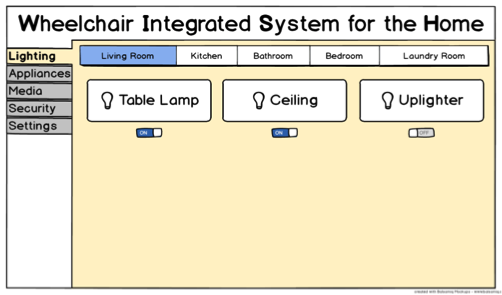
The interface has been designed in such a way that it is easy to use for any of our clients, no matter what their disability. This will include a number of different modes, which will be pre-set by us but can be changed easily by the user.
We have tailored each design to be as easy to use as possible, both in terms of intuitive layout and interpretation.
Server Interface
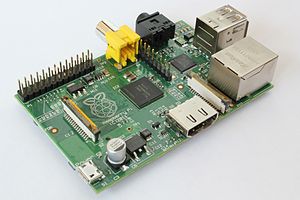
The CM15Pro Controller is a commercially available X10 controller that features an inbuilt RF signal transmitter and receiver. It facilitates communication with modules through Radio Frequency (RF) or Powerline Communication (PLC) protocols.
The server will be a computer running a distribution of the Linux operating system. The criteria for this unit are small physical size, low power consumption, Ethernet connectivity and USB capability. An ideal candidate would be an ARM based computer like the Raspberry Pi but a low power x86 implementation would also be viable.
Lighting and Appliance Automation
To control ceiling lights, the lighting circuit in each
room will have an LWM1P module wired in to the
circuit. This can be done behind the light switch or in
the ceiling rose.
With regards to connection of appliances there are many different appliance modules available to cover a range of different needs. This means the appliance modules used will vary depending on the appliance to be controlled and needs/desires of the user. WISH will be tailored to the user’s requirements.
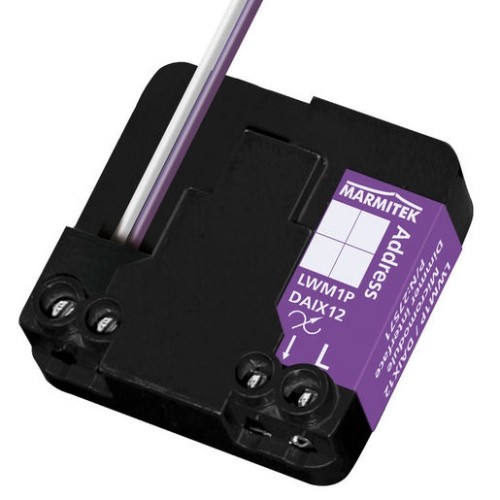
Installation, Testing and Maintenance
WISH proposes an evaluation - consultation - installation step process for implementation. As each household is different, we believe a bespoke solution is required.
Top